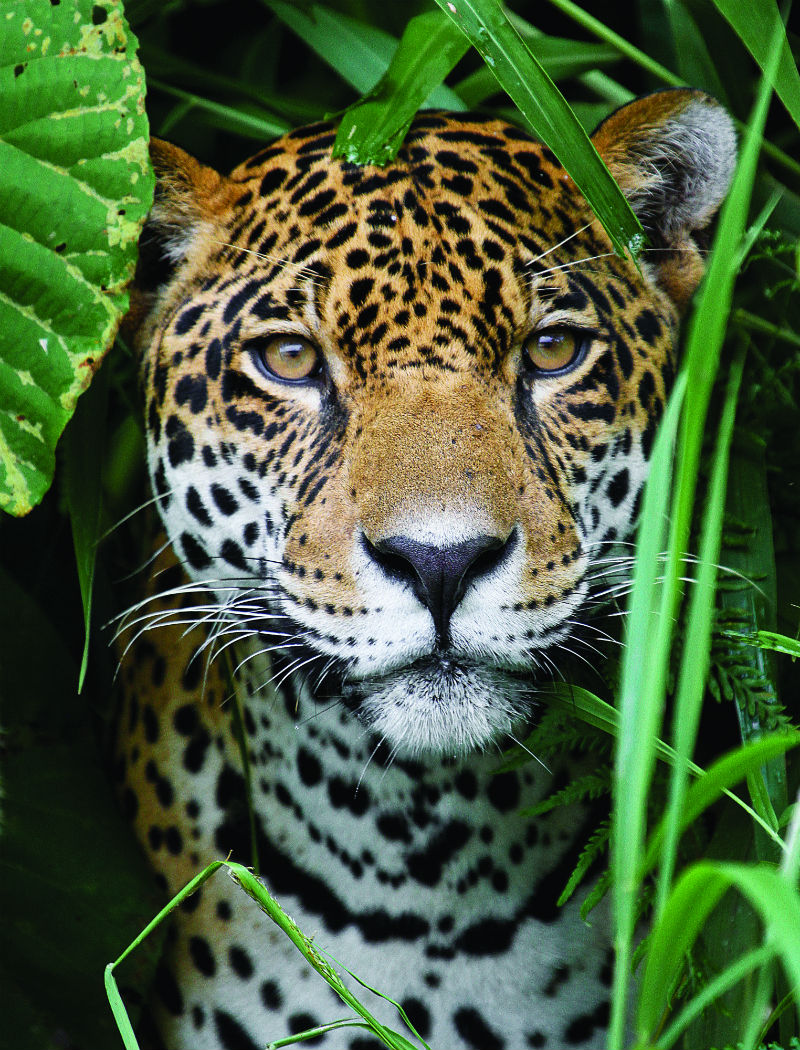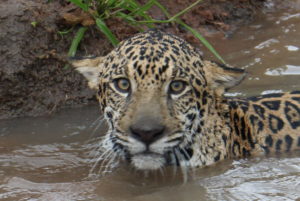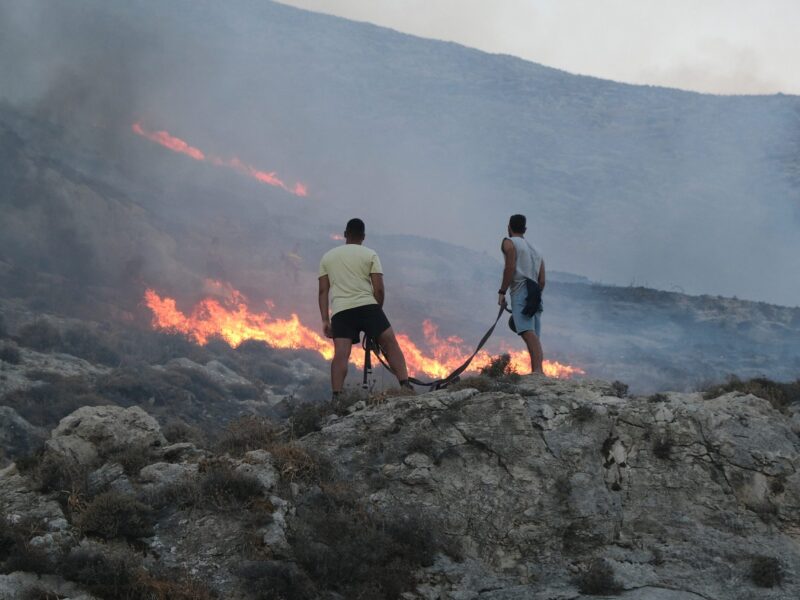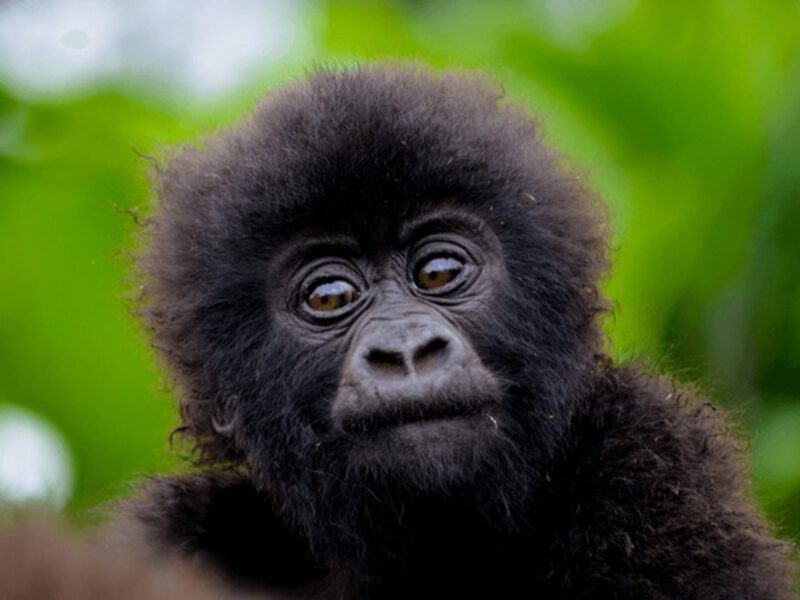
Why Demand for Cheap Meat is Killing the Jaguar
 The United Nations General Assembly proclaimed today, 3 March 2018, as UN World Wildlife Day, the most important global annual event dedicated to wildlife in order to celebrate and raise awareness of the world’s animals and indeed plants. This year, the day is celebrated with the theme ‘Big cats: predators under threat’.
The United Nations General Assembly proclaimed today, 3 March 2018, as UN World Wildlife Day, the most important global annual event dedicated to wildlife in order to celebrate and raise awareness of the world’s animals and indeed plants. This year, the day is celebrated with the theme ‘Big cats: predators under threat’.
Today these beautiful animals face many threats which I am ashamed to say, are mostly caused by us. Overall, their populations are declining at a disturbing rate due to loss of habitat and prey, conflicts with people, poaching and illegal trade.
I went to Brazil as part of my investigation into the role that factory farming plays in the threat of extinction for one of the biggest and most iconic cats, the jaguar. When I thought of jaguars I had imagined them skulking through grassland or slinking through the dense vegetation of a tropical rainforest but when my quest took me to a flat and featureless expanse of soya in Brazil’s agricultural heartland, I thought I was in the wrong place.
It was the start of what was to become a tough journey for me both mentally and physically through Brazil where I witnessed first-hand how the remorseless march of soya – fuel for factory farms – is gobbling up the rainforest, ravaging a once rich and varied landscape. There is precious little left for the wild animals whose habitats are being sacrificed.
The fifth-largest country in the world by land mass, Brazil has a population of more than 200 million. Now the world’s third-largest agricultural exporter overall, it is ranked fourth for pig meat exports and is the undisputed number one when it comes to exports of poultry meat and beef. Sadly for pigs and poultry it is a giant in the factory farming stakes. Nearly all of the country’s pigs are kept in industrial systems and an estimated 95% of the country’s egg-laying hens are kept in battery cages.
 Brazil has a spectacular array of wild plants and animals, perhaps none more striking than the jaguar, the third largest feline in the world but today there are only 15,000 left in the wild. Home to half of the world’s remaining jaguar population, Brazil holds the fate of this beautiful big cat in the palm of its hand. When people think of deforestation they tend to associate it with logging to make way for housing and crops for human consumption. In fact, the real driver is the farming of soya and corn on a huge industrial scale, much of it destined for factory farmed animals. Vast areas of the rainforest and savannah are turned over to these industries and Brazil is now second only to the USA in soya production and is the world’s leader in soya exports.
Brazil has a spectacular array of wild plants and animals, perhaps none more striking than the jaguar, the third largest feline in the world but today there are only 15,000 left in the wild. Home to half of the world’s remaining jaguar population, Brazil holds the fate of this beautiful big cat in the palm of its hand. When people think of deforestation they tend to associate it with logging to make way for housing and crops for human consumption. In fact, the real driver is the farming of soya and corn on a huge industrial scale, much of it destined for factory farmed animals. Vast areas of the rainforest and savannah are turned over to these industries and Brazil is now second only to the USA in soya production and is the world’s leader in soya exports.
Once worshipped by the ancient Maya and other civilisations like the Aztec and Inca, the jaguars venture into open land as their habitats are destroyed, and are often shot on sight by cattle ranchers who see these wonderful cats as vermin. In all the time I spent in Brazil talking to others concerned for the plight of the big cat, I never once saw a wild jaguar. As I left the country, I fell to wondering how many people realise that the reason the forest and savannah are disappearing – and the wildlife with it – is to feed factory farmed animals, often on other continents. The bitter truth is that cheap meat in Britain, Europe and the rest of the world – whether it’s beef, pork or chicken – is likely to have been reared on soya from the deforested plains of South America.
As you pause today, to think of the wild cats left on our planet and of all the wildlife, please also think of what you will do to help. Whilst we need to generate the level of attention these beautiful animals deserve to be sure they are with us for generations to come, it is possible for us all to make a difference with the food on our plates. Eating more plants, less meat and milk, and avoiding the produce of factory farms will help cut out farm animal cruelty and save iconic wildlife too. There is no greater signal we can send to the world at large than with a conscious change in our buying and eating regime. Thank you as ever for all your support.
A new, compelling film (to coincide with the new paperback) shows how the world’s most iconic wildlife is being pushed to extinction by the demand for cheap meat.






